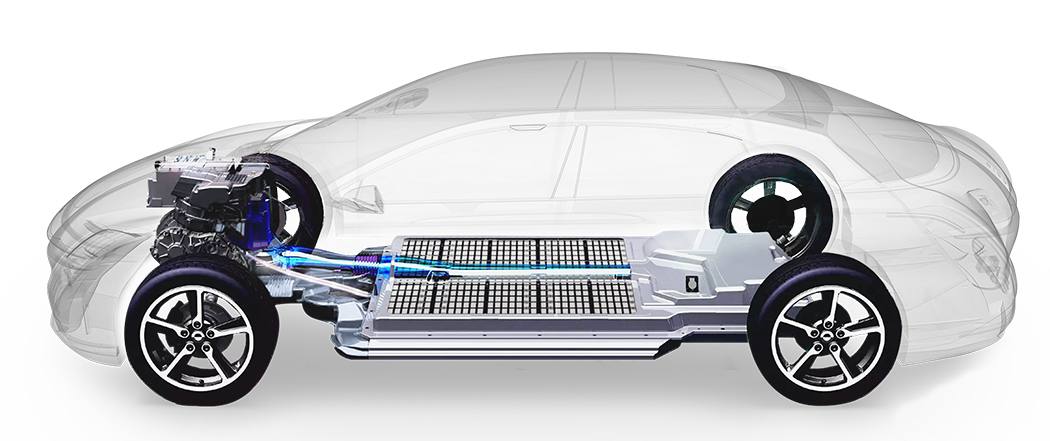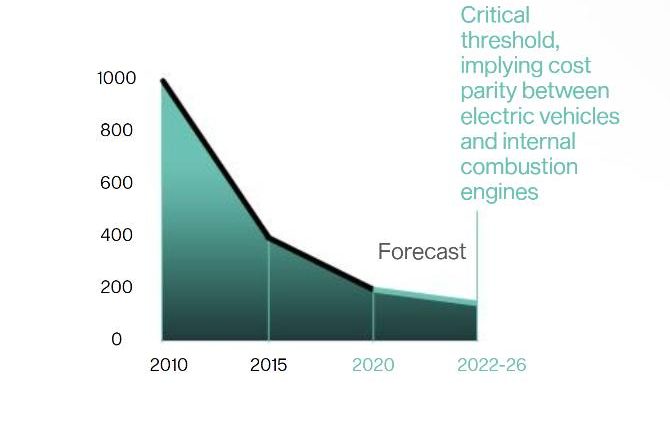
IESE Insight
From mining to charging: electric cars in numbers
As more voices call for urgent climate action, we examine the pros and cons of electric cars.
Read update: Electric cars, now and in the future
Will electric vehicles (EVs) completely replace carbon-emitting vehicles? It depends.
Analysts agree on the advantages: EVs are getting cheaper and easier to produce, they’re generally more efficient, and they pollute less — well, sort of.
Here the story gets more complicated. The batteries on which EVs depend have some problematic issues associated with their sourcing. And if the wider means of electrification in a country are still carbon-based rather than green or renewable, the benefits of EVs are diminished.
The most likely scenario is that both types of vehicle will coexist, but under a very different business reality in which EVs operate in niches where they can play to their strengths.
In any case, the car industry must shift gear.
The downsides of EVs
Cobalt: key material for batteries
- The price of cobalt is going up: between 2016 and 2018 it tripled.
- By 2050, the cumulative demand for cobalt would require all the resources known today, even with high recycling.
- World production of cobalt is located in politically unstable regions: 60% comes from the Democratic Republic of Congo, and 7 of the 10 largest cobalt producers in Congo are owned by China.
Rare Earth Elements (REE)
- Mining for the REE on which EVs (and consumer electronics) depend creates significant environmental damage.
- 80% of global production for some REE is concentrated in China. A limit on REE exports from China would have devastating effects on dependent industries.
Look beyond the tailpipe to consider the full energy mix
In the discussion of the advantages of electric mobility, often comparisons are made between the current system and the EV system without ensuring comparable system boundaries.
A typical example for this is the focus on tailpipe emissions: everybody can see that, unlike traditional cars, EVs generate no tailpipe emissions; so, obviously, the electric car must be better, right?
Some doubts arise, however, as the tailpipe focus fails to include the source of energy for the EV — that is, the generation of electricity.
Consider these points:
- A diesel car could drive several thousand kilometers before reaching the same CO2/NOx emission levels as are generated by mining raw material for batteries and producing them.
- Where energy generation is carbon-based (petroleum, coal, gas), more electric vehicles could actually increase CO2/NOx emissions. For example, in China, a shift to 100% EVs would be much worse for the environment right now.
The upsides of EVs
The costs ($ per kWh) for batteries — the key component for EVs — keep falling

EVs enable design improvements
- The use of wheel-hub engines — moving the motor from the body to the wheels — recuperates energy while allowing for torque vectoring (for better handling on icy roads, for example).
- Locating battery and power electronics in the floor allows for a good center of gravity and opens up space for passengers.
Positive effects on the value chain
- EVs are 25% cheaper to produce than today’s cars, with lower service requirements.
- Differentiation via software is bringing new tech players to compete in the car space.
Greater energy efficiency
When it comes to the vehicle transforming energy into kinetic energy, EVs are more energy efficient (90%) than diesel cars (40%). Granted, when factoring in the entire energy chain (i.e., the transformation of chemical into electric energy), EVs’ overall energy efficiency falls, unless green energy generation is used; then, EVs perform better.
Opportunity space: EVs as an urban mobility solution
Despite the challenges, a small, connected, electric and eventually autonomous vehicle is promising for several reasons:
- It lends itself to highly standardized assembly.
- Batteries can be smaller.
- Eases anxiety over short-distance refueling.
- Slower city speeds reduce need for complex safety engineering.
- It’s a better setting for car-sharing business models.
A version of this article was originally published in IESE Business School Insight magazine #152 (Jan.-April 2019).


